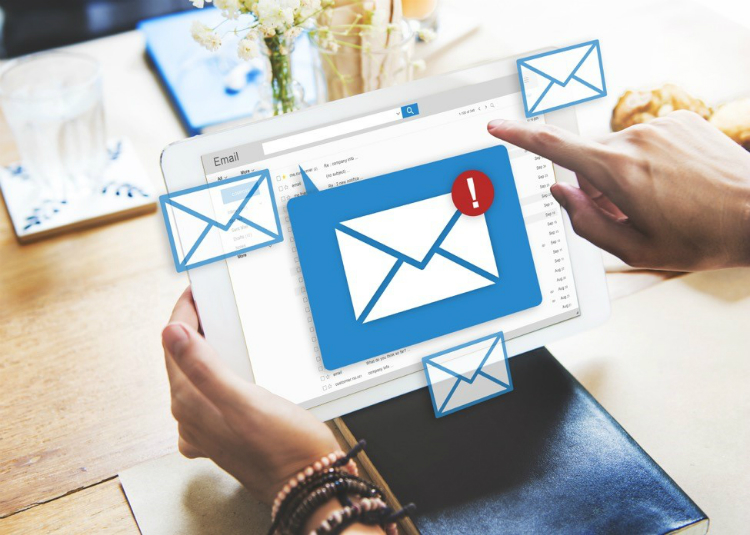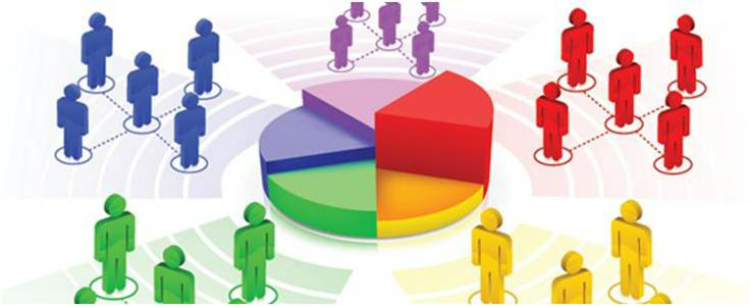You know your email list is valuable: so much so that collecting an email address can seem like striking gold. The only thing is that the number of subscribers you have is only meaningful if those subscribers are active and engaged. If they aren’t, that’s a problem.
What’s the best way to handle inactive subscribers? Ultimately, there comes a time to purge your list of people who aren’t engaged, and likely aren’t going to be. After all, why waste their time or yours. However, this shouldn’t happen before you’ve made a dedicated effort to win them over with an email re-engagement campaign.
Why Not Leave Things as They are
You might be wondering why it isn’t easier to simply leave your subscription list as is. People who really want to can unsubscribe on their own. In the meantime, maybe a currently disengaged subscriber will see an email that catches their attention. Unfortunately, that’s not how it works.
The people who aren’t interested and engaging are pulling down the overall performance of your campaigns. Not only that, but low open rates impact your reputation as a sender. This could lead to your emails being auto-routed to the spam folder. The best step forward is to start with a re-engagement campaign. Then, cut the subscribers who are still uninterested off.
What is a Re-Engagement Campaign?
Re-engagement is reminding people why they subscribed, in the first place, and renewing interest in your brand. This requires you to take several steps.
Segmenting and Then Segmenting Again (And Again)
The first thing to do is segment your list. Obviously, this begins with identifying the active vs. the inactive subscribers. How you do this, depends on how you choose to define active/inactive. For some, it may be no activity in the past year. For others, the threshold might be three months. Whatever you decide, segment accordingly.
You aren’t done yet. Now, look at your list of inactive subscribers. Chances are, they aren’t all inactive for the same reasons, and they don’t all have the same history with your company. Time to segment some more, such as:
- Inactive Subscribers Who Have Never Engaged
- Inactive Subscribers Who Have a Purchase History
- Inactive Subscribers with Abandoned Shopping Carts
- Inactive Subscribers Who Have Opened Support Tickets
The reason for further segmenting your inactive subscriber list is simple. All of them need to be re-engaged, but the same email isn’t going to work for all of them.
Composing Your Re-Engagement Emails
The best re-engagement emails first get the attention of the recipient. Then, they remind them of the reasons why they subscribed, to begin with. Keep a few things in mind:
- Some subscribers may have little to no recollection of subscribing or why.
- Some may have subscribed to simply take advantage of an offer with no intention of engaging.
- Others may have simply been too busy, or they just haven’t gotten an email from you that connects, yet.
Whatever the case may be, your effective win-back email starts with an attention-getting subject line. Don’t be afraid to test out a few versions, and be creative. Remember that this is your last ditch effort, before severing ties completely.
Keep in mind that with this audience, the subject lines you’ve been using haven’t worked. So, it’s time to try something entirely new.
You could try the straight forward approach:
- We Haven’t Heard from You Lately
- We Miss you
- Are You Still Interested?
- Have we Done Something Wrong?
- A Gift for You
Some brands find that using humor or being a bit creative helps:
- Are we Being Ghosted?
- Let’s Talk!
- Is it Us?
Test a few different headlines out, and go with the one that appears to be most effective.
Now it’s time to create the body of your emails. What you include here should be largely based on how you’ve chosen to segment your inactive subscribers. Use the email to address their needs or concerns. If you’re not confident in your ability to write something that has a great hook, it may be worthwhile to find the top writers in the copywriting genre. Below are some approaches that can be quite effective.
Share Your Value Proposition Again
This is effective with subscribers who’ve let your brand slip to the back of their minds. You don’t need to go to the ends of the earth for these folks. You simply need to remind them of their reasons for subscribing, and what you have to offer them. It could be as simple as:
Hey, (Name)
Just wanted to remind you that we offer exclusive video content to you each month as our thanks for subscribing. You can check that out here. You’re also eligible to reserve new products two weeks before we stock them. We send out an exclusive list of these products at the beginning of each month.
Offer a Gift or Discount
Sometimes it’s worth giving something up to re-engage a customer. The only danger is that some people may take advantage of a giveaway, then go back to being inactive. It can help to tie in an incentive to stay engaged longer. Here’s an example:
Hi (Name),
We haven’t heard from you in a while and wanted to offer a special gift. If you purchase our premium monthly gift box this month, we’ll give you ten dollars to spend on any gift box next month. Come back after that, and we’ll give you twenty dollars to spend on month three.
Use FOMO
Show your subscribers what they’ve been missing out on! But, don’t keep it all negative. Remind them of the benefits they’ve also gained in the past. For example:
Hello (Name),
It’s been awhile since you’ve taken advantage of our subscriber offers. Did you know that by ignoring this email, you could lose up to 200 dollars in combined discounts and free gifts? It looks like you’ve already saved $500 dollars as a VIP subscriber in the last year. Let’s keep that trend going!
Give Them Some Subscription Options
Sometimes people do want to stay engaged. They may be a bit overwhelmed or annoyed with the number of emails you’re sending them. Some may only be interested in specific content. With these subscribers, the best thing to do is to give them some control over the content you send them. For example, some might:
- Prefer to get a digest email once a month rather than weekly content.
- Like to receive discount and sales information only, not ‘newsy’ content.
- Opt in to receiving content only that relates to a specific class of products or services.
Once people know they’re only getting content they care about, they’re going to be much more likely to open your emails.
Bring a One Time Content Offer to Get Subscribers Interested
Some subscribers can be re-engaged if you offer them a big bang for their content buck. Do you have some gated content that’s really relevant? Maybe a white paper, or an eBook that contains lots of valuable content? If so, consider leveraging that in a re-engagement email to show recipients that your content adds value.
You May Need to Reach Out More Than Once
Yes, this is a last effort to get subscribers engaged. However, it is not one and done. Some people may miss your initial email. Others may be nudged towards re-engagement, but still, need some encouragement to make the next move. It’s always a good idea to send your re-engagement email out a second time. If you do, consider tweaking your subject line just a bit.
If that doesn’t work, then, of course, give them the option just opt out entirely. In fact, that should be a part of every email. However, stating that choice clearly and plainly can give them one last moment to consider if they truly want to unsubscribe or not.
Your Win-Back Email Campaign Post-Mortem
Once you’ve done the work of segmenting your audience, writing your subject lines, composing your emails, and sending them out, it’s time to analyze the effectiveness of your campaign. First, how do you determine what success is. For most it’s:
- Email Open Rates
- Click Through Rates
- Shopping Cart Activities
It can also be useful to measure unsubscription rates. Sometimes, a hard no is pretty informative, especially if you can track who or where those are coming from. If you a specific segment is dropping off more than others, you can begin to determine how to address that in the future.
Cutting Ties
The final part can be difficult. You’ll always have the nagging thought that perhaps one more cycle of emails could win folks back. Ultimately, it isn’t worth it. People who simply aren’t interested aren’t going to help your campaigns. Instead, they will drag your numbers down, and make it appear as if you’re sending out spam. It’s time to remove them from your lists.
Final Thoughts
The worst thing that you can do with inactive subscribers is nothing. Leave them as they are, and not only could you be annoying them, keeping them could seriously damage your email campaigns. It’s best to get them back on board, or to remove them from your lists. Start this process with a re-engagement campaign that works.










